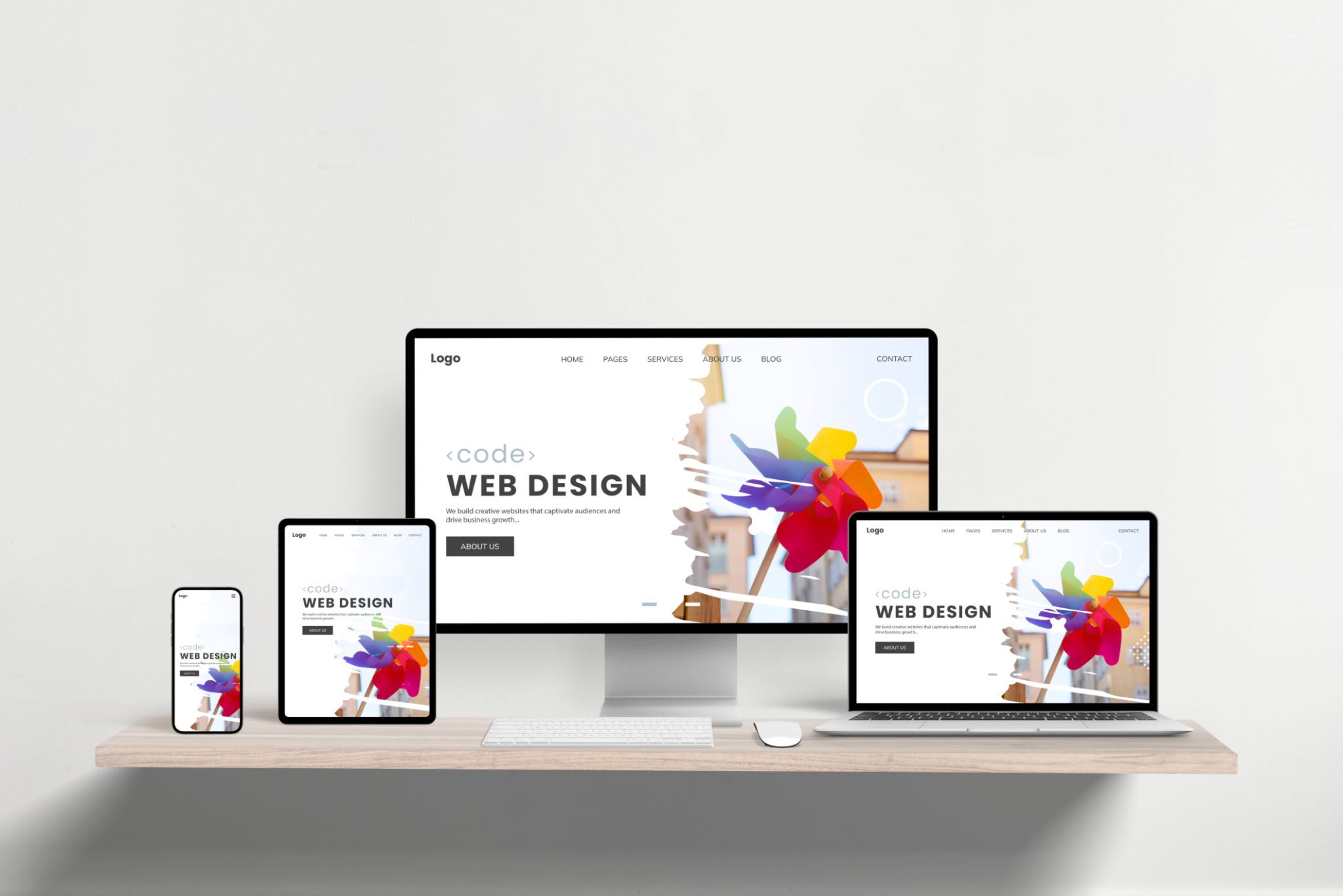AI Web Design vs. Traditional Methods: A Comparative Analysis
Introduction to Web Design
In the ever-evolving landscape of web design, the advent of artificial intelligence (AI) has introduced a novel approach that challenges traditional methods. As businesses strive to create more user-friendly and visually appealing websites, understanding the differences between AI-driven web design and conventional techniques becomes crucial.
Traditional Web Design Methods
Traditional web design is a comprehensive process involving manual coding, graphic design, and user experience (UX) considerations. This approach often requires collaboration between designers and developers to create a cohesive website. The process typically includes:
- Detailed planning and wireframing
- Manual coding and integration of features
- Iterative design testing and feedback
While this method offers extensive customization and control over the final product, it can be time-consuming and costly.

The Rise of AI in Web Design
AI web design utilizes machine learning algorithms to automate many aspects of the design process. AI tools can analyze user data to personalize website layouts and content, making them more relevant to individual visitors. Key features of AI-driven design include:
- Automated layout generation
- Adaptive content based on user interaction
- Real-time analytics and optimization
This approach significantly reduces the time required to develop a website, allowing businesses to launch quickly while maintaining a high degree of personalization.

Comparative Analysis: Efficiency and Cost
One of the primary advantages of AI web design is its efficiency. Automated processes can dramatically reduce development time, which translates into lower costs for businesses. Traditional methods, on the other hand, often involve more intensive labor and resources, which can increase expenses.
However, traditional methods provide more flexibility for complex projects requiring highly customized solutions. Businesses with unique needs may find traditional web design a better fit despite the higher cost.
User Experience and Customization
When it comes to user experience, AI-driven design offers dynamic customization that adapts to user behavior. This capability can enhance engagement by providing visitors with content tailored to their preferences. However, some argue that AI may lack the nuanced understanding of human-centered design that experienced designers bring to traditional methods.
Traditional design allows for meticulous crafting of each element, ensuring every detail aligns with the brand's vision. This level of customization can be crucial for businesses looking to make a distinctive impact.

The Future of Web Design
The future of web design likely lies in a hybrid approach that combines the strengths of both AI and traditional methods. By leveraging AI for efficiency and personalization while incorporating human creativity and oversight, businesses can create websites that are both innovative and uniquely tailored to their audience.
As technology continues to evolve, staying informed about these developments will be essential for businesses seeking to maintain a competitive edge in digital presence.
Conclusion
In conclusion, both AI web design and traditional methods offer distinct advantages and challenges. Choosing the right approach depends on a business's specific needs, budget, and goals. By understanding these differences, companies can make informed decisions that best support their digital strategies.